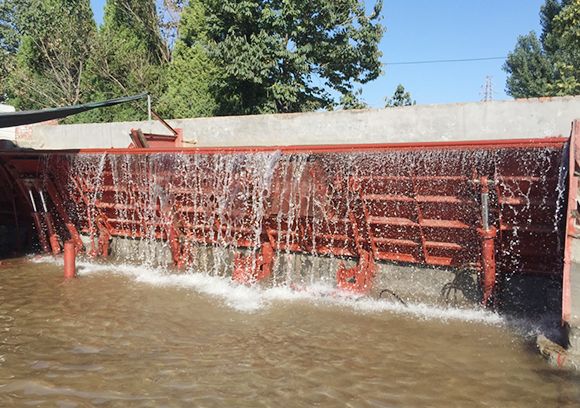Difference Between Dam And Reservoir
A dam and a reservoir are interconnected components of a water management system, but they serve distinct purposes and have different characteristics. Here's the difference between a dam and a reservoir:
Dam:
Definition:
A dam is a man-made structure built across a river or watercourse to impound or divert water. It is designed to create a barrier that holds back water, creating a reservoir.
Purpose:
The primary purpose of a dam is to control and manage water flow. Dams serve various functions, including flood control, water storage, hydropower generation, and irrigation.
Structure:
Dams can take different forms and have various designs based on their intended purpose. Common types of dams include concrete gravity dams, embankment dams, arch dams, and buttress dams.
Components:
A dam typically consists of the main dam structure, spillways for controlled water release, and outlets for releasing water or regulating flow. The structure is engineered to withstand the forces exerted by the impounded water.
Location:
Dams are strategically located in river valleys or other suitable sites to harness water resources for human needs and economic activities.

Reservoir:
Definition:
A reservoir is an artificial lake or large impoundment of water created by the construction of a dam. It is formed when a dam blocks the natural flow of a river, causing water to accumulate behind the dam.
Purpose:
The primary purpose of a reservoir is to store water. Reservoirs serve as water sources for domestic, agricultural, and industrial use. They also support recreation, wildlife habitat, and hydropower generation.
Formation:
Reservoirs are formed as a result of the impoundment of water by a dam. The water accumulates behind the dam, creating a large body of water that extends upstream.
Depth and Size:
Reservoirs can vary widely in size and depth. Some reservoirs are shallow and cover extensive surface areas, while others may be deeper and have a more limited surface area.
Multiple Uses:
Reservoirs have multiple uses beyond water storage. They often serve as recreational areas for activities such as boating, fishing, and camping. Additionally, reservoirs created for hydropower generation contribute to the production of electricity.
Environmental Impact:
The creation of reservoirs can have environmental implications, including changes in water temperature, sedimentation, and alterations to aquatic ecosystems. The impact depends on factors such as reservoir size, location, and management practices.
In summary, a dam is a structure built to impound or control water flow, while a reservoir is the artificial lake formed behind the dam structure by the accumulation of water. Dams play a crucial role in water management, serving various purposes, while reservoirs store water for diverse uses and often offer additional recreational and ecological benefits.

Comments
0